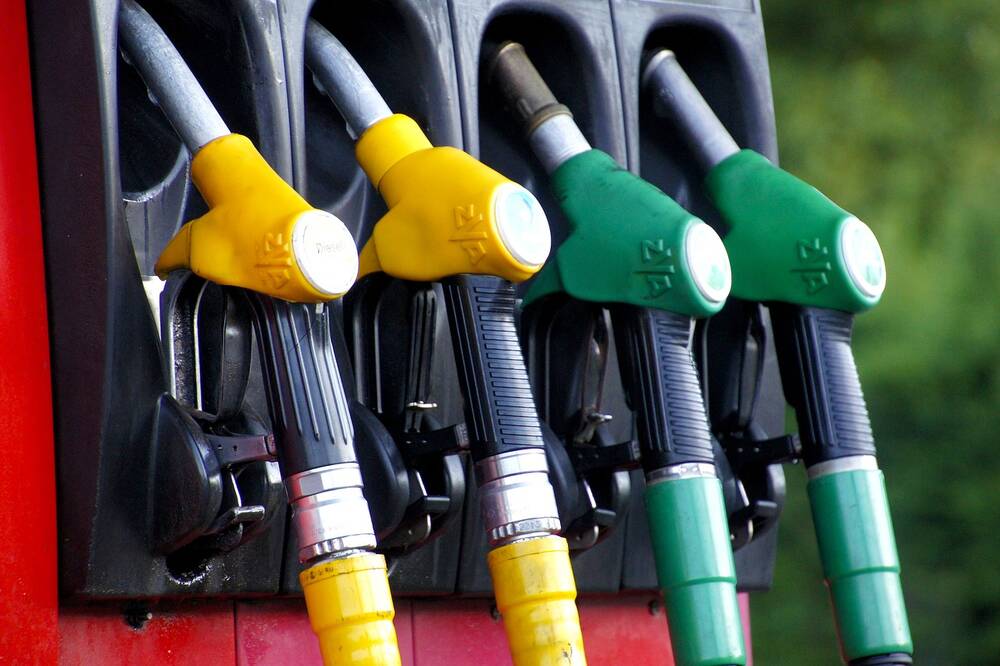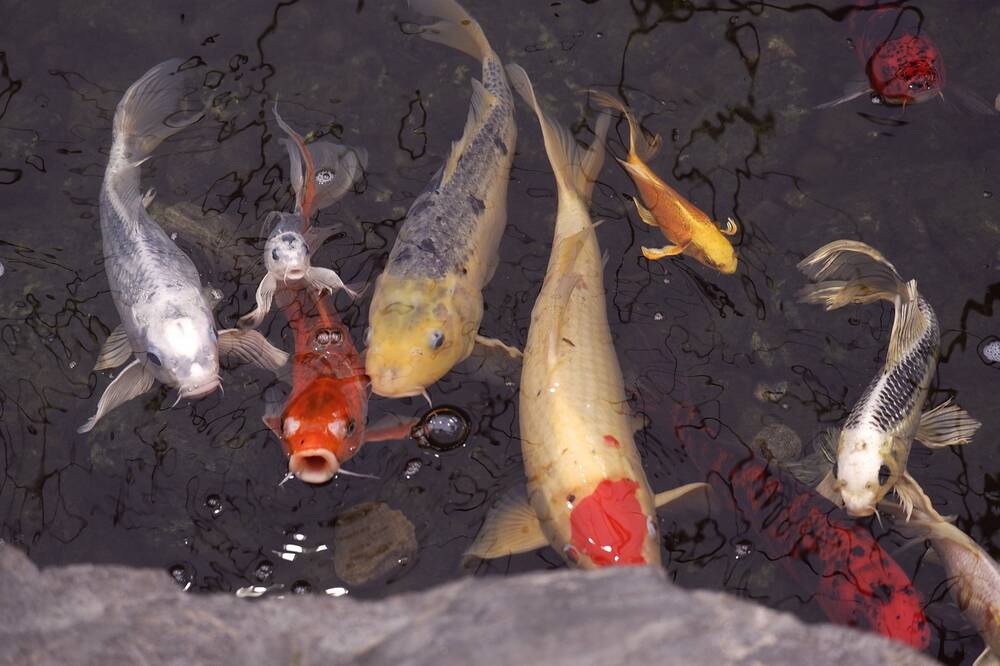Crucial for long-term economic growth, the Earth’s natural sources contribute in many ways to our natural capital, such as their ecosystem services, climate regulation and ways to provide sustainable development. This blog delves into the many sectors of natural capital that the planet provides, such as renewables, non-renewables, biodiversity and abiotic natural resources, including the extent they contribute to natural capital.
What is Natural Capital?
Natural capital assets refer to the planet’s rich stocks of natural resources, including water, geology, air, living organisms, and soil. Decision-making practices must align with the role of natural assets and their integration into policy, economy and business sectors. Per year, the planet sees mass biodiversity loss, hence new sustainable ways of natural capital are taking centre stage to ensure we have an environmental economic system in place.
The planet’s stock has an intrinsic value crucial for our long-term economic growth and stability. It encourages healthy human capital, social capital, and social and economic stability, plus products and services.
Types of Natural Capital
An overview of natural capital can be separated into renewable resources, which are replenished through nature over time, non-renewable resources, which are finite and gone once depleted, ecosystem services, benefits provided by natural capital’s wide range of functions like air and water purification, biodiversity, the variety of life forms contributing to natural capital productivity, and abiotic natural resources, which are non-living elements of natural capital, like minerals, soil and water.
Corporate natural capital accounting and monetization are increasingly becoming mainstream, such as carbon accounting and nutrient neutrality credits; encourage companies to make economically beneficial decisions while actively contributing to environmental sustainability.
An example of this is natural resources in economic planning, whereby establishing a clear starting point allows policymakers to measure changes and assess the impact of different strategies. This way, you can better navigate the trade-offs between economic growth and environmental conservation.
See our software Gaia Enterprise for our natural capital white-labelled marketplace that can enable your organisation to do this.
Renewable Resources

Solar Energy
Solar energy is a major contributor to natural capital as it is a clean and completely renewable source of power that pulls dependance away from finite and harmful fossil fuels.
It’s a sustainable method of energy that enforces the probability of long-term economic sustainability, creating a plethora of green jobs and hugely enhancing our global energy security.
Forests
Forests provide essential resources like timber, fruit, medicinal plants and wood for fuel, making them a highly valuable form of natural capital that sustains itself. They support industries like furniture, paper and construction.
They are fantastic carbon sinks, and their carbon sequestering qualities should be recognised within natural capital as they help mitigate climate change and maintain the health of our valuable ecosystems.
The rich biodiversity of forests provide habitats for a diverse array of wildlife and species valuable to food and resource production. They regulate cycles of water, enhance water quality and keep soil healthy through nutrient recycling and erosion control.
Fish Stocks
The planet’s stocks of fish have provided essential nutrients and protein to billions of people, significantly enhancing the global economy and creating millions of jobs in fisheries, processing and aquaculture.
Fish support marine biodiversity such as by nutrient cycling and maintaining a healthy stock is key for the overall ecosystem health of oceans. Oceans and their fish regulate the planet’s climate as immense carbon sinks.
Fishing bears heavy cultural significance in indigenous and coastal communities, as well as immense boosts to fishing tourism in coastal areas.
Freshwater Systems
Freshwater systems are bodies of water with low salt concentration, as opposed to oceans and the sea. These could be lakes, rivers, ponds, wetlands, streams or groundwater aquifers. These not only support a variety of species and plants but largely provide drinking water which the population depends on, as well as sanitation, agriculture, economic activities and industrial processes.
They enable nutrient cycling and water purification, and influence regional or local climates through evaporation and precipitation cycles which in turn keeps weather conditions healthy and regulated. Rivers and lakes enable the generation of hydropower, promoting sustainable methods that stray from the non-renewable models.
Agricultural Crops
Agricultural crops play a central role in natural capital by being a primary food source depended on by human populations. The crops contain vitamins, minerals and nutrients key for human survival and development, as well as contributing towards necessary agricultural biodiversity that creates ecological resilience and ecosystem health.
It involves a multitude of sustainable practices, such as crop rotation, agroforestry and organic farming, which purely maintain soil health and restore nature while reducing harm on the environment and encouraging long-term food security.
Wildlife Populations
Wildlife populations maintain biodiversity and resilient ecosystems, which natural capital is dependent on to keep capital streams maintained. They have educational and scientific value, as well as cultural importance within heritages, traditions, activities and leisure. Diverse populations of wildlife are indicators of a healthy, sustainable ecosystem.
Populations of wildlife lead to helpful ecosystem services like pest control, pollination and nutrient cycling, while economically contributing to industries like tourism and hunting. They also provide mass financial capital, such as silkworm’s silk, feeding a booming textile industry, or roe eggs, with Beluga caviar selling for upwards of a thousand pounds per kilo.
Wind Energy
Wind energy is a sustainable and renewable source of electricity, hugely contributing to natural capital by preserving other aspects of natural capital such as water quality, clean air and biodiversity. This keeps our environment healthy by reducing the need for environmentally harmful practices of conventional production of energy.
Wind projects have grown into a huge industry that creates millions of jobs across the globe, providing many dependable economical structures and expanding industries.
Non-Renewable Resources

Fossil Fuels
Fossil fuels are a traditional source of capital stocks that contribute heavily to natural capital, by driving mass forces of industrialisation, economic development and advancements of technology.
The finite resources have been formed over millions of years. Coal, natural gas, and oil stores contain ancient biological material that stores energy from the sun. The extraction of these, however, largely degrades other key components of natural capital like air, water and biodiversity, and ultimately are not a sustainable option to continue.
Minerals and Metals
These essential raw minerals contribute heavily to construction, technology, manufacturing and infrastructure development. They massively aid many sectors of the economy, encouraging societal advancement. The methods of extraction and management of the metals and minerals must adopt sustainable methods in order to be life-long options of economic health.
Key metals are iron, gold and copper, which comprise the foundations of many buildings, electronics or other built necessities.
Precious Stones
Precious stones such as diamonds, emeralds, rubies, sapphires and opals are fantastic examples of natural capital by producing significant economic value and creating booming industries in that of luxury and jewellery that repeatedly generate mass incomes and employment.
Their historical and cultural significance ties into art, traditions and heritage, and mining practices have shifted to adopt more sustainable methods that should allow the stones to continue supporting the economy while not harming the environment.
Rare Earth Elements
Rare Earth Elements (REEs) are a group of 17 elements from the periodic table. They are commonly found in the planet’s crust, but are rare as their form is not usually concentrated enough to be economically valuable.
The unique chemical composition of the REEs makes it possible to create items like electric vehicles, wind turbines and smartphones, and overall support and encourage the transition to a green-tech led society.
Ecosystem Services
Provisioning Services

Provisioning services provide the essential resources needed for human life, like fresh water, food, medical resources and raw materials. These services refer to tangible, physical outputs of ecosystems including immense quantities of physical goods, but also supporting and regulating cultural services.
These commodities can be harvested and sold, rather than other indirect aspects of natural capital with non-market values like carbon sequestration.
Regulating Services
Ecosystems naturally regulate environmental conditions, like flood control or climate regulation. These services naturally provided by ecosystems are referred to as regulating services.
They contribute heavily to natural capital by ensuring ecosystems are healthy, sustainable and stable, helping secure long-term provision of essential ecosystem services that are central to human life and supporting well-being.
Cultural Services
Cultural services are when ecosystems provide non-material benefits for people. This could be types of recreation, spiritual enrichment, cognitive development, heritage or cultural identity.
This supports natural capital by boosting tourism industries, creating educational opportunities, preserving rich cultural heritage or simply providing beautiful aesthetic qualities that naturally enhance wellbeing.
Supporting Services
Supporting services encapsulate all other ecosystem services and functions, including soil formation, photosynthesis, nutrient cycling and habitat provision.
These maintain the planet’s conditions for life and sustain fundamental processes necessary for ecosystem health and resilience; enhancing natural capital across the globe.
Biodiversity

Species Diversity
Diversity of species contributes to natural capital by enhancing the productivity of ecosystems. A diverse ecosystem packed full of differing species is a surefire sign of a thriving environment.
This biodiversity ensures the functions of pollination, nutrient cycling and pest control are in order. Without a stable ecosystem functionality, it quickly becomes susceptible to external harm such as climate change, habitat destruction and disease.
Genetic Diversity
Genetic diversity is crucial by encouraging species to be able to adapt to new environments and resist disease. The diversity encourages the survival of livestock, crops and wild species that we need for medicine and food security. This supports human economies and mitigates the increased risks from climate change.
Ecosystem Diversity
All ecosystems are unique and offer different services to the natural environment. For example forests, grasslands and wetlands purify water and sequester carbon, mangroves provide nursery habitats for fish and crustaceans, coral reefs protect coastlines from erosion. With ecological diversity, natural systems continue to meet human needs and become stronger against environmental challenges.
Functional Diversity
Functional diversity reflects the ranges of biological functions, behaviours and processes that occur in ecosystems. This focuses primarily on these functions and their benefits on overall ecosystem health, as opposed to species, genetic and ecosystem diversity.
These functions, such as pollination, if removed from the ecosystem can destroy it in its entirety. That is why they are so crucial to natural capital, and long-term economic stability.
Abiotic Natural Resources
Something abiotic is a non-living part of an environment, such as sunlight, air, water, wind or soil. They allow ecosystems to thrive and all play essential components in structures of nature that we depend on for natural capital sources.
Air Quality
Having good quality air is what allows all living organisms to thrive, supporting plant growth, reducing respiratory and cardiovascular disease and allowing us to breathe clean, healthy air.
Wetlands and forests are habitats with high quality air, supporting all life forms and allowing ecosystem services to contribute to natural capital. Quality air regulates the climate and helps the fight against climate change.
Water Quality and Availability
Secondly, the quality and availability of water supports ecosystems, allow human health, and enables all biodiversity. Plants and us need water to live, and without drinking water there would be no natural capital or need for it.
Rivers, forests and wetlands are critical components for regulating cycles of water, recharging underground aquifers and filtering harmful pollutants. Our overall economy depends heavily on water quality, such as its integral role within all agricultural practices.
Geothermal Energy
Though less common due to its comprehensive large-scale nature, geothermal energy is a fantastic contributor to natural capital by swaying those away from the harmful finite sources and instead offering a low-emission and sustainable energy source.
Geothermal energy methods are renewable energy as they harness the planet’s deeply stored heat, and while overuse of specific reservoirs might deplete its heat, it will naturally replenish.
Solar Energy
On the other hand, solar energy harnesses heat from another planet and utilises developing technology to consume and store energy from the sun. Advancing technologies have made products like solar panels cheaper, allowing more and more households in rural and urban areas to contribute positively to climate change and overall aid our natural capital.
Soil Minerals
Minerals in soil create healthy, well-fed wildlife and ecosystems, enhancing agriculture and all plant growth, which massively fosters natural capital sources. Without the minerals, food security is at risk, as they provide water retention, mitigate erosion, and balance essential mineral contents.
Geological Formations
Geological formations provide landscapes that support ranges of biodiversity and life forms, as well as offering rich minerals that benefit the economy in a plethora of ways. For example, the Great Barrier Reef supports an overwhelming range of marine species, the Himalayas provide rivers that support billions of people, The Grand Canyon boosts economic development through mass tourism and also provides geological insights with rich cultural and historic value.
References
https://www.repsol.com/en/energy-and-the-future/future-of-the-world/natural-capital/index.cshtml

